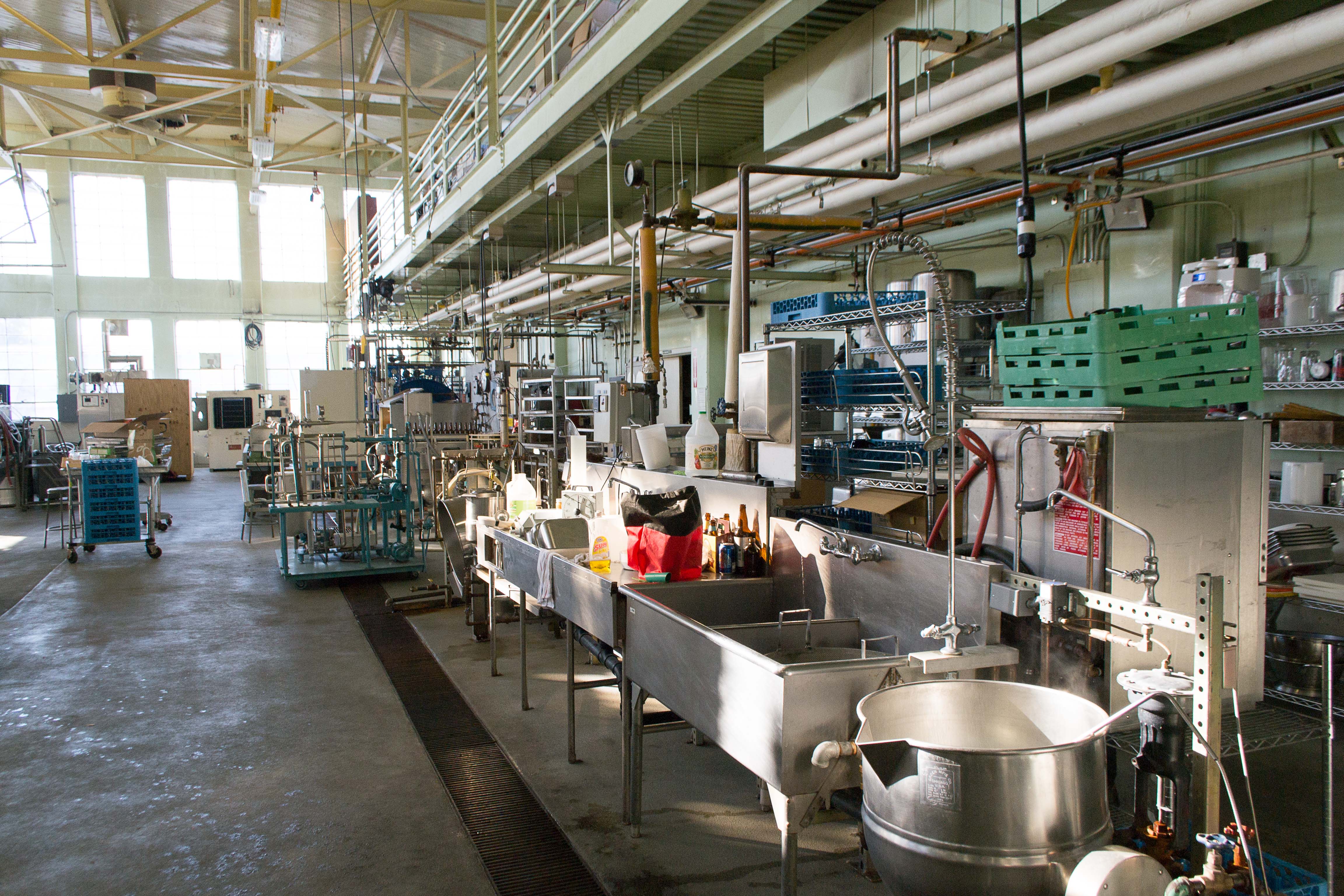
Photo from academic.microsoft.com
Sulfites are a class of chemical compounds, SO2 releasers, widely used as additives in food industry, due to their antimicrobial, color stabilizing, antibrowning, and antioxidant properties. As the results of… Click to show full abstract
Sulfites are a class of chemical compounds, SO2 releasers, widely used as additives in food industry, due to their antimicrobial, color stabilizing, antibrowning, and antioxidant properties. As the results of these pleiotropic functions they can be added to a broad range of products including dried fruits and vegetables, seafood, juices, alcoholic and nonalcoholic beverage, and in few meat products. Sulfites ingestion has been correlated with several adverse and toxic reactions, such as hypersensitivity, allergic diseases, vitamin deficiency, and may lead to dysbiotic events of gut and oral microbiota. In many countries, these additives are closely regulated and in meat products the legislation restricts their usage. Several studies have been conducted to investigate the sulfites contents in meat and meat products, and many of them have revealed that some meat preparations represent one of the main sources of SO2 exposure, especially in adults and young people. This review discusses properties, technological functions, regulation, and health implications of sulfites in meat-based foods, and lays a special emphasis on the chemical mechanisms involved in their interactions with organic and inorganic meat components.
Journal Title: Comprehensive reviews in food science and food safety
Year Published: 2020
Link to full text (if available)
Share on Social Media: Sign Up to like & get
recommendations!